Numerous historical landmarks in North India tell the enthralling stories of dynasties, different cultures, and ancient civilizations that once flourished in this area. From the imposing Rajasthani forts to world-famous locations, these iconic spots provide a window into India’s rich history, brilliant architecture, and artistic accomplishments. The historical riches of North India are best exemplified by the spectacular heritage sites.
This introduction prepares the reader for a historical voyage through the heritage sites in North India.
Varanasi, Uttar Pradesh
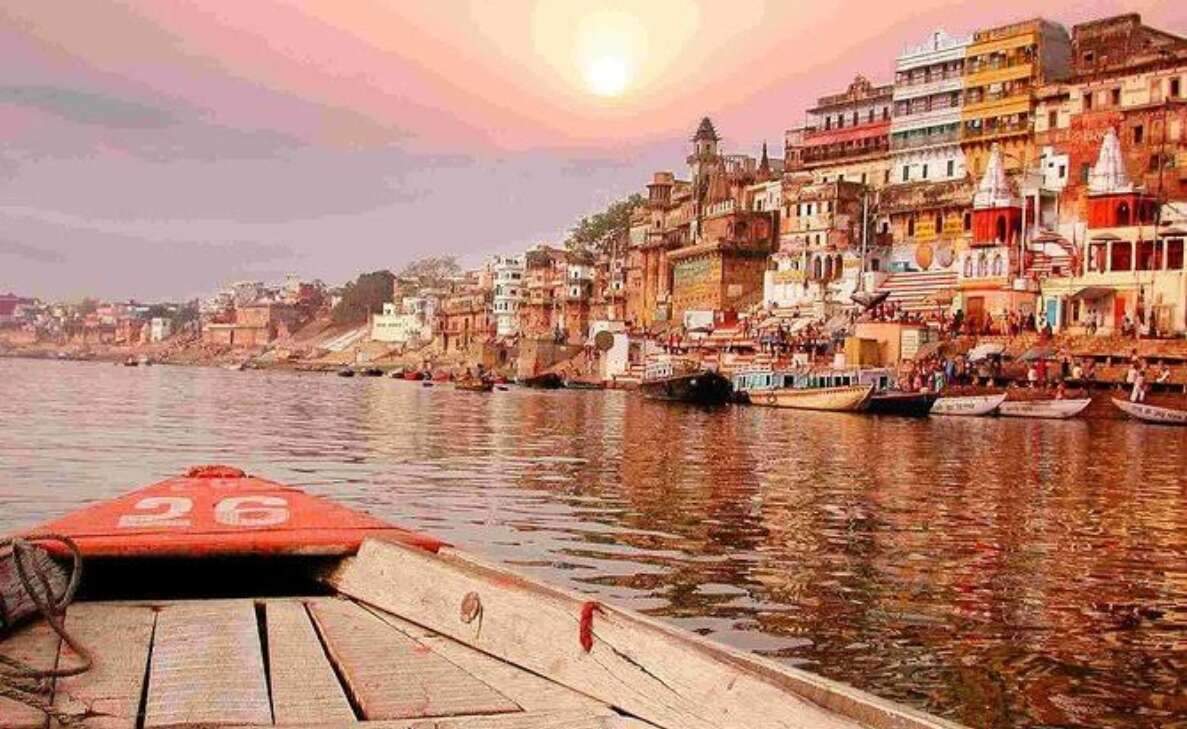 With over 80 ghats in the city, each one holds a captivating story. The city earns its reputation as a highly auspicious place for performing various rituals and pujas at these ghats, thanks to its unique position as the confluence of three renowned holy rivers: the Ganga, Yamuna, and Brahmaputra. Alongside its ghats, Varanasi boasts sanctity, thanks to the more than 23,000 temples that dot the cityscape.
With over 80 ghats in the city, each one holds a captivating story. The city earns its reputation as a highly auspicious place for performing various rituals and pujas at these ghats, thanks to its unique position as the confluence of three renowned holy rivers: the Ganga, Yamuna, and Brahmaputra. Alongside its ghats, Varanasi boasts sanctity, thanks to the more than 23,000 temples that dot the cityscape.
Golden Temple, Amritsar
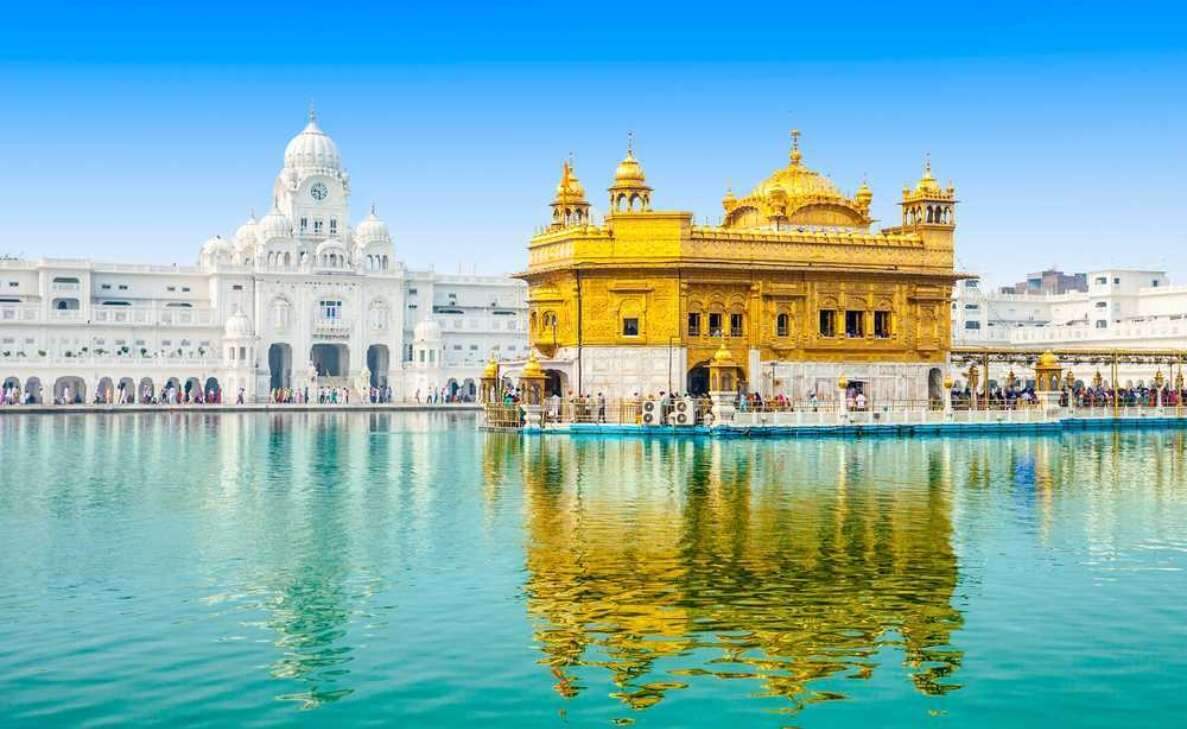 Located in Amritsar, the sacred city of the Sikhs, the Golden Temple stands as one of the most revered Sikh pilgrimage sites, boasting its iconic golden dome. Constructed on a 67-foot square marble slab, this two-story Mandir saw the upper section built by Maharaja Ranjit Singh, who adorned it with approximately 400 kg of gold leaf. Surrounding the Golden Temple, visitors can explore several other renowned temples, including the Durgiana Temple.
Located in Amritsar, the sacred city of the Sikhs, the Golden Temple stands as one of the most revered Sikh pilgrimage sites, boasting its iconic golden dome. Constructed on a 67-foot square marble slab, this two-story Mandir saw the upper section built by Maharaja Ranjit Singh, who adorned it with approximately 400 kg of gold leaf. Surrounding the Golden Temple, visitors can explore several other renowned temples, including the Durgiana Temple.
Khajuraho Group of Monuments, Madhya Pradesh
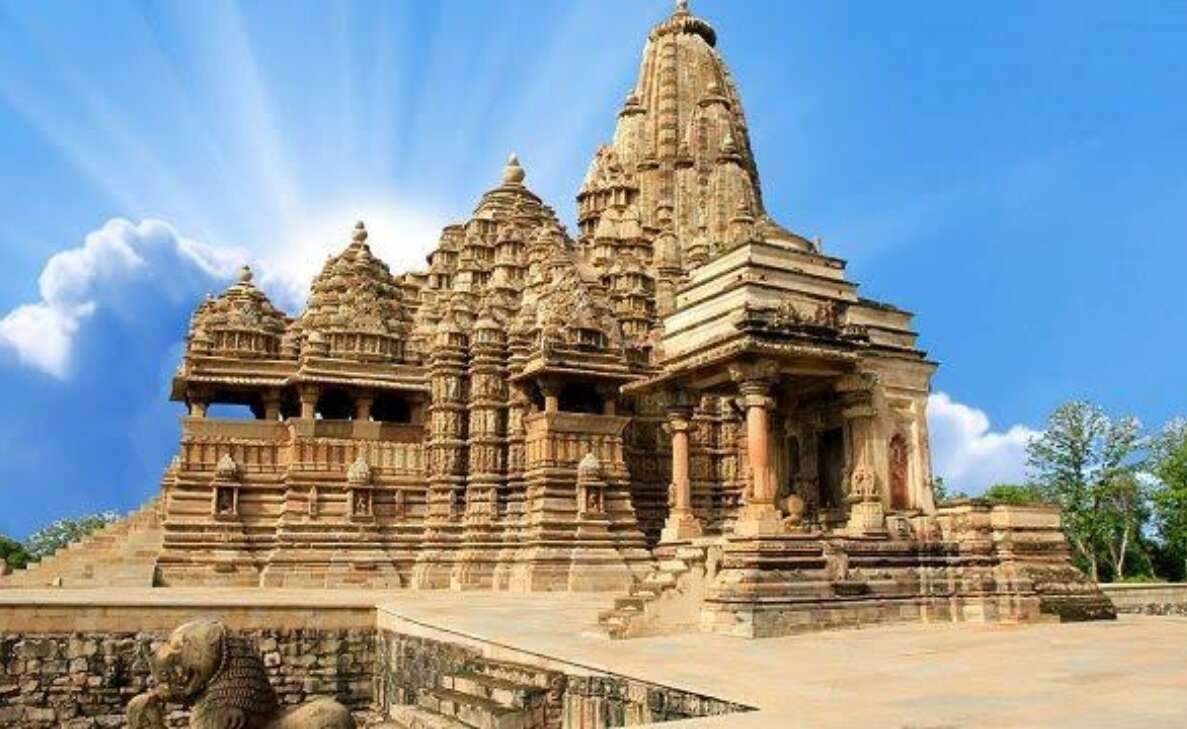 In the past, Khajuraho was known as Kharjuravahaka, a historic city in Madhya Pradesh. The Chandela Dynasty constructed it in the Middle Ages. One of the most important historical sites in the nation, the city is known for its complex sculptures and magnificent temples. Khajuraho is one of the most well-liked tourist destinations in Madhya Pradesh due to the grandiosity of the statues and temples. The Kandariya Mahadeo temple is the biggest and most well-known of the 20 extant temples. The temple, which honours Lord Shiva, was constructed in the first half of the eleventh century.
In the past, Khajuraho was known as Kharjuravahaka, a historic city in Madhya Pradesh. The Chandela Dynasty constructed it in the Middle Ages. One of the most important historical sites in the nation, the city is known for its complex sculptures and magnificent temples. Khajuraho is one of the most well-liked tourist destinations in Madhya Pradesh due to the grandiosity of the statues and temples. The Kandariya Mahadeo temple is the biggest and most well-known of the 20 extant temples. The temple, which honours Lord Shiva, was constructed in the first half of the eleventh century.
Ranikhet, Uttarakhand
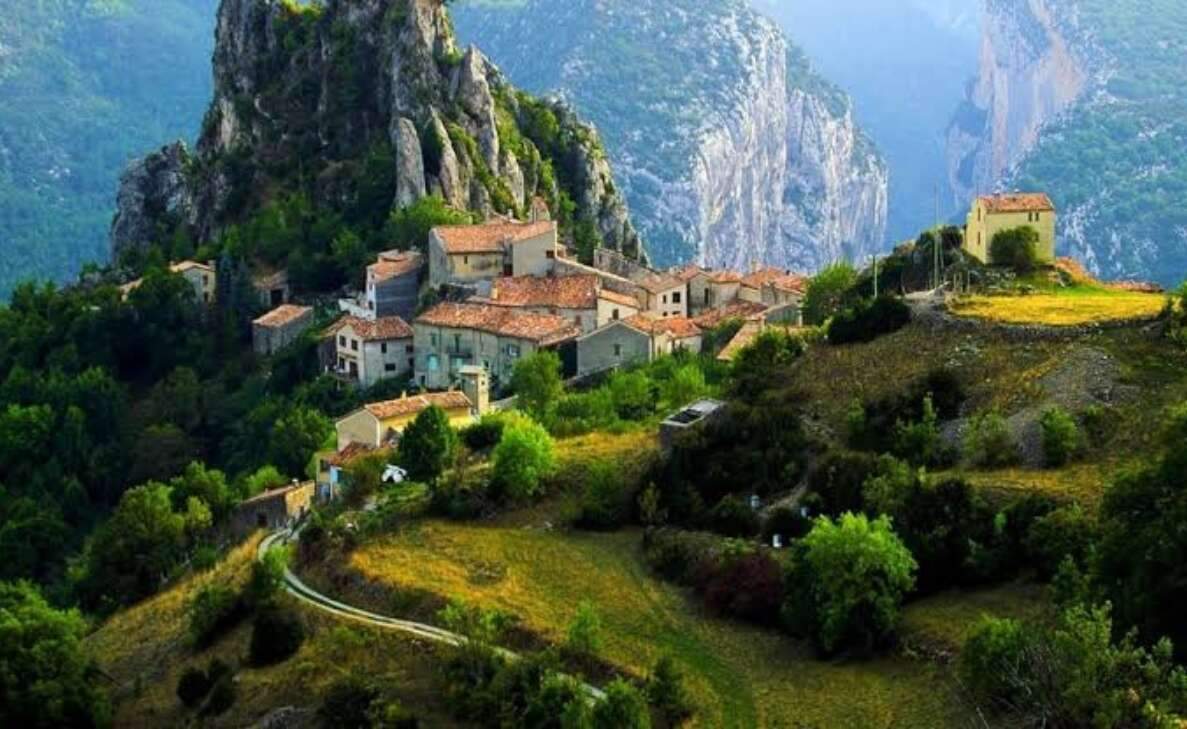 Northern India’s Uttarakhand State is home to the mountainous town of Ranikhet. It is renowned for its Himalayan mountain views. The Jhula Devi Temple, which honours the Hindu goddess Durga, is decorated with hundreds of bells. Fruit trees abound in Chaubatia Gardens’ tiered orchards, which offer views of peaks like Nanda Devi. During the fight for freedom, Mahatma Gandhi slept in a hut called Gandhi Kuti in the nearby village of Tarikhet.
Northern India’s Uttarakhand State is home to the mountainous town of Ranikhet. It is renowned for its Himalayan mountain views. The Jhula Devi Temple, which honours the Hindu goddess Durga, is decorated with hundreds of bells. Fruit trees abound in Chaubatia Gardens’ tiered orchards, which offer views of peaks like Nanda Devi. During the fight for freedom, Mahatma Gandhi slept in a hut called Gandhi Kuti in the nearby village of Tarikhet.
Taj Mahal, Agra
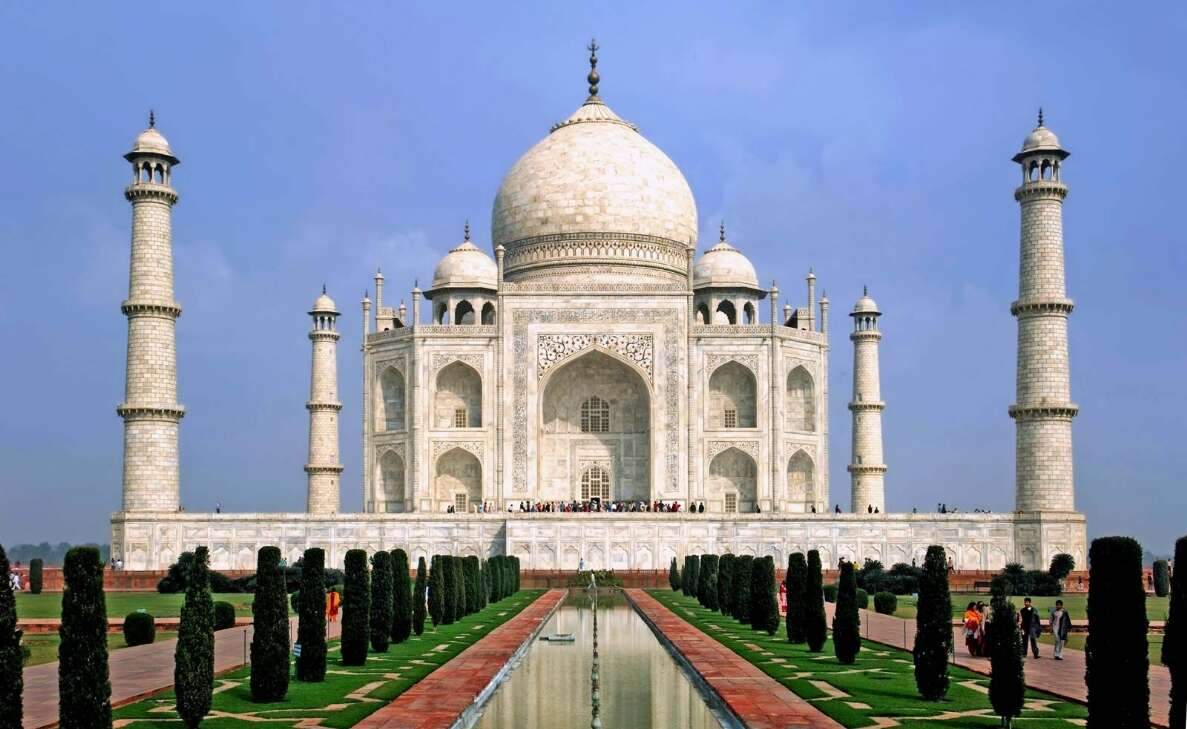 The Taj Mahal is situated in the Agra District of Uttar Pradesh on the right bank of the Yamuna River in a huge Mughal garden that spans almost 17 hectares. In honour of his wife Mumtaz Mahal, Mughal Emperor Shah Jahan constructed it. In all of Indo-Islamic architecture, the Taj Mahal is regarded as the pinnacle of architectural achievement. Its well-known architectural beauty is characterised by a rhythmic arrangement of solids and voids, concave and convex surfaces, and light shadow. Additional decorative elements like arches and domes enhance the aesthetic quality.
The Taj Mahal is situated in the Agra District of Uttar Pradesh on the right bank of the Yamuna River in a huge Mughal garden that spans almost 17 hectares. In honour of his wife Mumtaz Mahal, Mughal Emperor Shah Jahan constructed it. In all of Indo-Islamic architecture, the Taj Mahal is regarded as the pinnacle of architectural achievement. Its well-known architectural beauty is characterised by a rhythmic arrangement of solids and voids, concave and convex surfaces, and light shadow. Additional decorative elements like arches and domes enhance the aesthetic quality.
Qutub Minar, Delhi
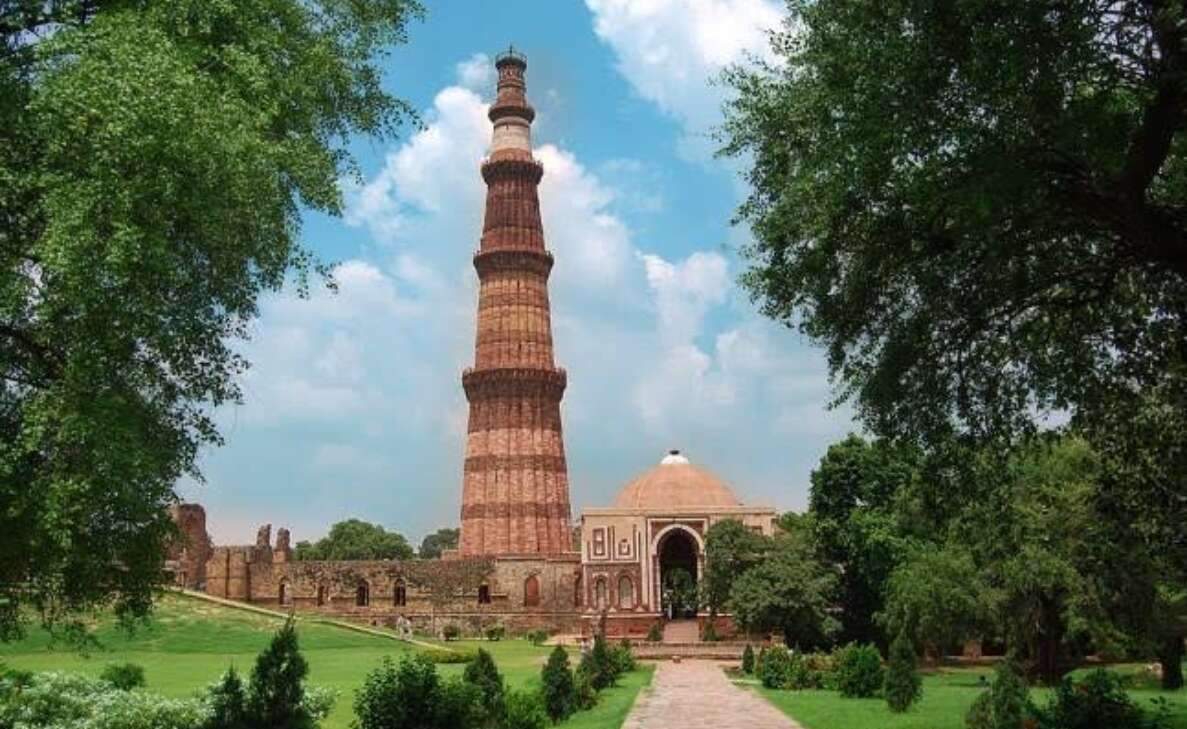 India’s Qutub Minar, a famous historical structure in Delhi, is a witness to the country’s extensive architectural history. It is the tallest brick minaret in the world, rising 73 metres (240 feet) above the ground. Qutb-ud-din Aibak began construction on the Qutub Minar in the early 13th century, and his successor Iltutmish finished it. It is a magnificent example of Indo-Islamic architecture. Its five separate stories display a blend of Persian and Indian design influences through its ornate calligraphy and beautiful patterns.
India’s Qutub Minar, a famous historical structure in Delhi, is a witness to the country’s extensive architectural history. It is the tallest brick minaret in the world, rising 73 metres (240 feet) above the ground. Qutb-ud-din Aibak began construction on the Qutub Minar in the early 13th century, and his successor Iltutmish finished it. It is a magnificent example of Indo-Islamic architecture. Its five separate stories display a blend of Persian and Indian design influences through its ornate calligraphy and beautiful patterns.
Let us know which one of these historical heritage sites in North India you are visiting first. Stay tuned to Yo! Vizag website and Instagram for more travel recommendations.


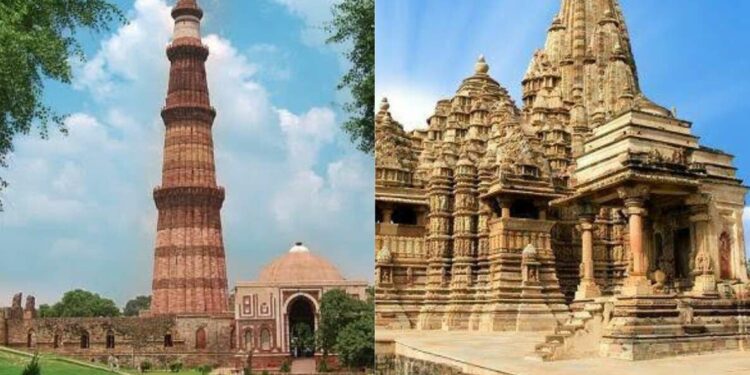







Discussion about this post